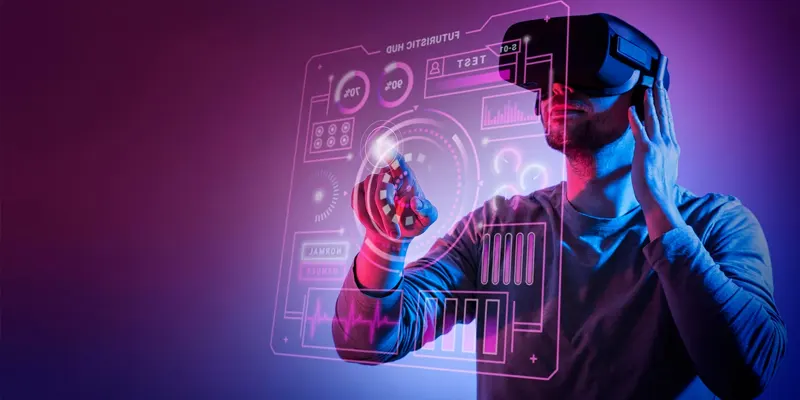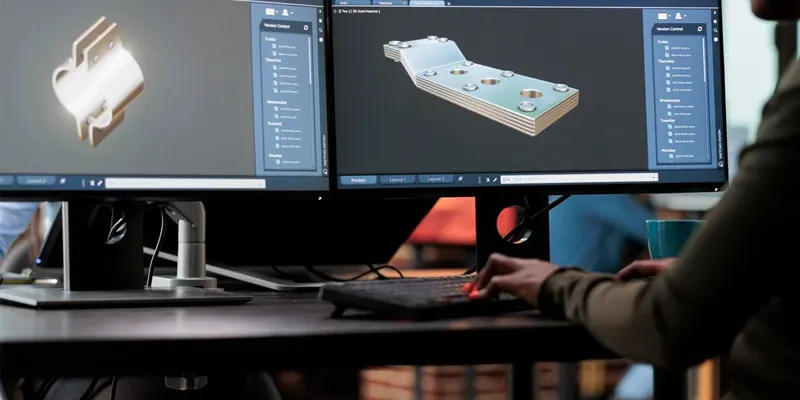Introduction
In the realm of computer graphics and 3D modeling, creativity knows no bounds. Artists, architects, game developers, and filmmakers constantly seek innovative ways to bring their visions to life in three-dimensional space. One such innovation is 3D procedural modeling software, a powerful tool that allows creators to generate complex and detailed 3D models through algorithms and rules rather than traditional manual modeling techniques. In this article, we will delve into the world of 3D procedural modeling software, exploring its capabilities, applications, and some noteworthy options available to artists and designers.
What is 3D Procedural Modeling?
3D procedural modeling is a technique that utilizes algorithms and mathematical functions to create intricate 3D models. Unlike traditional modeling, which relies on manual manipulation of vertices, edges, and faces, procedural modeling automates the process by defining a set of rules and parameters. These rules govern how the software generates and arranges geometry, textures, and other attributes within the model.
Key Features and Benefits
Efficiency: Procedural modeling software streamlines the modeling process by automating repetitive tasks. Artists can create complex structures, landscapes, or objects with minimal manual intervention, saving both time and effort.
Flexibility: Users have fine-grained control over the procedural rules and parameters, allowing for rapid iteration and experimentation. This flexibility makes it easy to adapt models to different requirements or artistic visions.
Variety: Procedural modeling can generate a wide range of assets with variations. For instance, you can create diverse ecosystems of trees, rocks, or buildings with slight variations in size, shape, and texture, making scenes more realistic and engaging.
Scalability: Procedural models are scalable, which means they can be easily adjusted to different levels of detail or resolution without significant quality loss. This scalability is crucial for applications like video games and architectural visualization.
Applications of 3D Procedural Modeling
Video Games: Procedural modeling plays a pivotal role in the gaming industry. Game developers use it to generate terrain, vegetation, and even entire cities. Procedural generation ensures that game worlds are vast, diverse, and dynamic, enhancing the player's experience.
Architectural Visualization: Architects and urban planners employ procedural modeling software to create realistic cityscapes, buildings, and landscapes for presentations and simulations. It helps in visualizing the impact of design choices on urban environments.
Film and Animation: In the world of animation and VFX, procedural modeling can create detailed environments, characters, and props efficiently. This technology is especially valuable for producing large-scale scenes and fantastical worlds.
Simulation and Training: Procedural modeling is used in simulators for training purposes. For example, flight simulators can generate realistic landscapes and weather conditions to train pilots effectively.
Notable 3D Procedural Modeling Software
Houdini by SideFX: Houdini is one of the most well-known and widely used 3D procedural modeling software in the industry. It offers a node-based workflow, making it highly flexible and powerful for a wide range of applications.
World Machine: World Machine specializes in terrain generation. It allows artists to create detailed landscapes, complete with erosion, erosion, and weathering effects, making it a popular choice for game developers and landscape artists.
CityEngine: CityEngine is designed for urban modeling and city generation. It's a valuable tool for architects and city planners, enabling them to create realistic and customizable urban environments.
Substance Designer: While primarily known for texturing, Substance Designer also offers procedural modeling capabilities. It's a versatile tool for creating materials and textures with procedural logic.
Conclusion
3D procedural modeling software has revolutionized the way artists and designers approach 3D modeling. Its efficiency, flexibility, and scalability make it a valuable asset across various industries, from gaming and architecture to film and simulation. As technology continues to advance, we can expect even more sophisticated and user-friendly procedural modeling tools to emerge, empowering creators to bring their imaginative worlds to life with ease and precision.
The World of 3D Modeling
Bringing visions to life in three-dimensional space.

